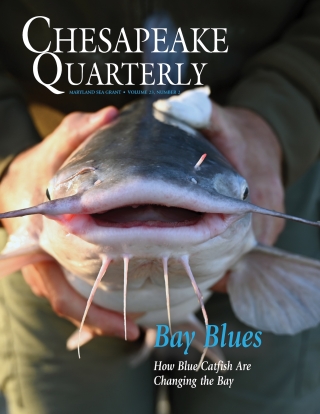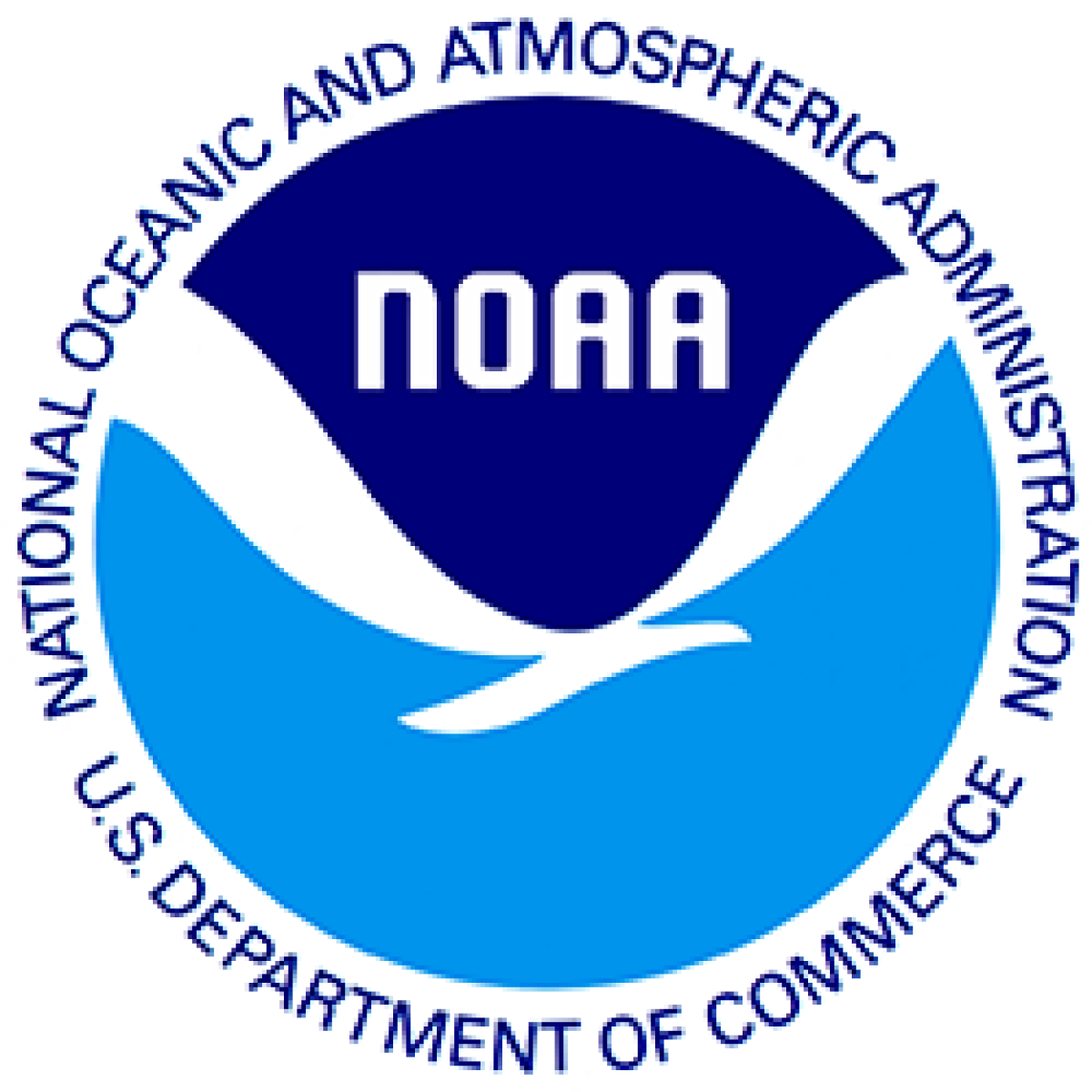Eight students will be presenting the summer work at the Ocean Sciences Meeting in March 2022!
Gregory M. Weiss, Arizona State University
Class Year:
1991Mentor:
George McManus Ph.D.Project Title:
The Effect of Diet on the Population Dynamics and Lipid Composition of Nitocra spinipes, a Harpacticoid Copepod
Abstract:
Feeding experiments involving the harpacticoid copepod, Nitocra spinipes, were carried out during the summer of 1991. Population growth, development, and lipid content of copepods (originally obtained from the lower Patuxent River, Chesapeake Bay) raised on several diets indigenous to the Chesapeake Bay were determined. Copepods were maintained under laboratory conditions and were fed the diets in a freeze-fried form. Lipid analysis was carried out using a thin layer chromatography-flame ionization detection (latroscan) system. Growth and lipid content of N. spinipes fed the lipid rich diatom was significantly greater (p=.0001) than recorded for copepods fed the other diets. Lipid analysis of copepods and their diets revealed that lipid content in N. spinipes reflected that of their diets.
Location:
Chesapeake Biological LaboratoryPublications:
Weiss, G. M.*, G. B. McManus, and H. R. Harvey. 1996. Development and lipid composition of the harpacticoid copepod Nitocra spinipes reared on different diets. Marine Ecology Progress Series 132:57-61 .
Presentations:
Weiss, G.*, G. McManus, and H. R. Harvey. 1993. Development and lipid composition of the harpacticoid copepod, Nitocra spinipes, reared on different diets. Benthic Ecology Meeting, Mobile, Alabama .




